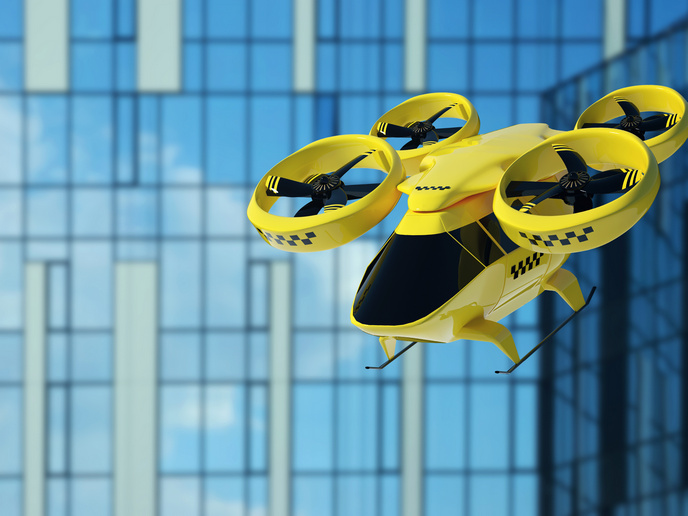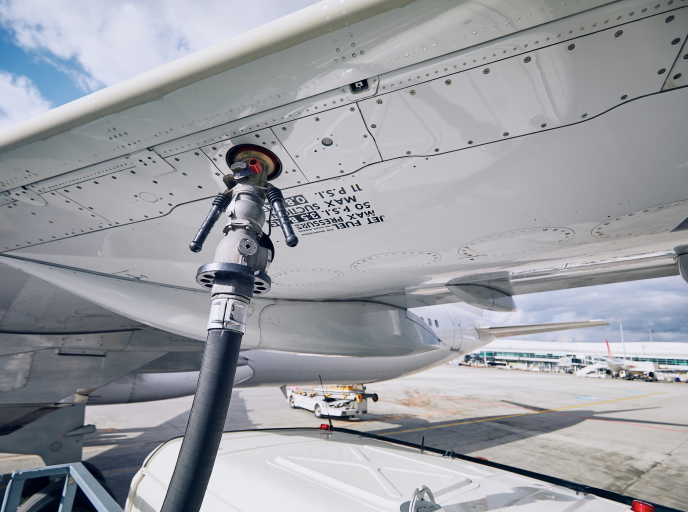New cockpit concept targets human-machine cooperation
Airplane crews never know exactly what to expect on a flight. Congested airspace or bad weather can increase workload – and stress – considerably, while a smooth eight-hour flight from Paris to New York generates far less workload. The goal of the EU-funded A-PIMOD (Applying Pilot Models for Safer Aircraft) project was to develop a system that can be adjusted by the crew to provide just the right level of automation for any given flight condition. Sharing the workload ‘This system works by first providing a risk analysis of the outside world in terms of weather, traffic etc., and then determining a list of tasks that the crew will have to work on,’ explains A-PIMOD project coordinator Dr. Andreas Hasselberg from the German Aerospace Center (DLR). ‘The system also pays attention to the crew’s situation and makes an assessment if they are overworked or stressed. From this information the system provides a recommendation for the level of automation which the crew can then adjust; if flying conditions are difficult, the system can help out by taking on some of the workload. If flying conditions are straight forward, automation can be reduced to ensure that crew are stimulated and alert. This is a safety issue.’ The project has also pioneered new ways of human-machine interaction in the cockpit through touch displays, voice and gesture recognition technologies, which could be of benefit in safety critical environments. Achieving industry acceptance A-PIMOD began with the development of individual technology prototypes that focused on specific cockpit roles. The project also introduced new touch display and voice and gesture recognition technology. These individual elements were trialled in simulations by a high-level advisory board made up of experts from avionics industry, airlines and experienced pilots. ‘This group provided us with valuable input, which enabled us to adjust the technology and increase functionality,’ said Hasselberg. ‘Finally, we were able to build a high fidelity simulator that integrated all these individual parts, in full communication with each other.’ This advisory group was also crucial in helping to overcome scepticism towards the automation trend. ‘We knew that gaining acceptance would be challenging,’ said Hasselberg. ‘There are a number of concerns. For example, if we have this system that collects data on the condition of the crew, then what happens to this? We had to make clear that the system is not about rating pilots or crew, but rather about assessing the situation in order to offer the ideal level of automation.’ The project was completed in August 2016. In order to move towards commercialising this new technology, Hasselberg is adamant that both researchers and industry must be transparent about the safety benefits and how the technology will be used. Otherwise, the technology might fail on the issue of social acceptance. ‘We are still working on this system in a very general way,’ he says. ‘As a consortium we would like to continue to work together, but that of course depends on funding.’ One interesting new avenue is the possibility of applying the technology not in the cockpit but in the control tower. ‘We are moving towards acceptance that machines and humans can work together,’ he says. ‘It is about cooperation and sharing the workload in order to increase efficiency. Ultimately, we want to keep the performance of systems of humans and machines at the highest level possible.
Keywords
A-PIMOD, aviation, pilot, automation, Hasselberg, simulator, cockpit, DLR







